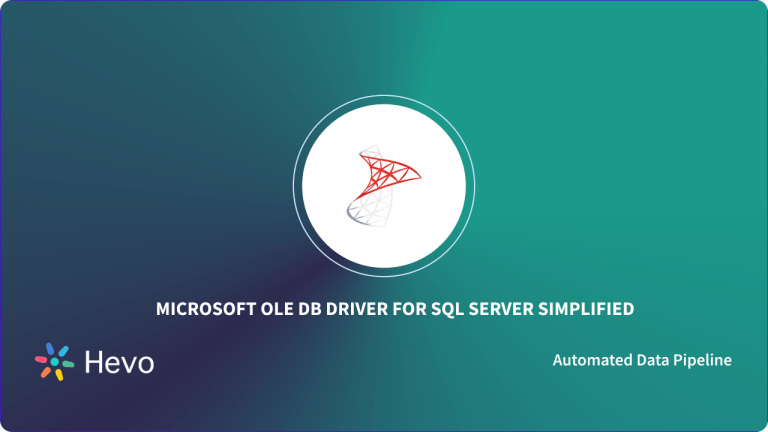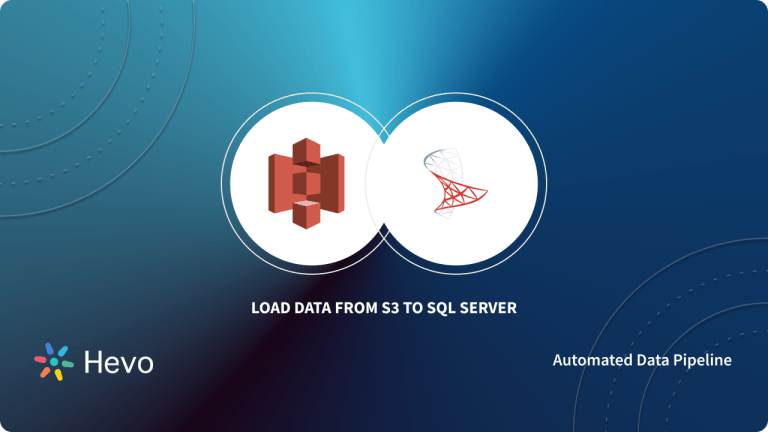A secure connection to a remote SQL Server is essential for effective data management at a time when remote work has become commonplace. Microsoft SQL Server, a relational database management system, contains remote SQL servers that can be used for remote connections. However, this function may only be utilized for backward compatibility.
You can access essential files or documents remotely with the help of remote SQL servers. It also allows you to access shared objects and data. Flexibility in database administration and a range of actions on the enterprise’s data are offered by Remote SQL Server. Following this guide on remote SQL servers, you will discover how to connect to remote SQL Server.
Table of Contents
How to Connect to Microsoft SQL Server remotely?
Remote SQL Server access is the ability to access the Microsoft SQL Server remotely to perform various operations on the data. With the assistance of remote SQL servers, there is no need for the client to manually establish a connection between the other servers.
In this article, you will learn how to connect to a Microsoft SQL server remotely. Before you start, there are two adjustments you need to make for a successful connection.
The configuration requirements for remote SQL Server are – to permit protocol being requested in the SQL Server instance and allow Window Firewall access.
Follow these below-given instructions to connect remote SQL server properly:
- Step 1: Enabling TCP/IP protocol
- Step 2: Configure the Windows Firewall
- Step 3: Establishing the newly created rule
- Step 4: Connection to Server
Take your MySQL experience to the next level with Hevo’s automated, no-code data pipeline. Seamlessly integrate and move data between MySQL and your favorite data destinations in real-time, without manual effort.
Why Choose Hevo?
- Automated Data Flow: Say goodbye to manual exports, Hevo automates the entire process.
- No-Code Setup: Easily integrate MySQL with any data warehouse or analytics tool.
- Real-Time Sync: Keep your data updated and ready for analysis at all times.
Let Hevo handle the heavy lifting.
Get Started with Hevo for FreeStep 1: Enabling TCP/IP protocol
- Open the Microsoft SQL Server folder.
- Navigate to the Configuration Tools and open the SQL Server Configuration Manager.
- Select the protocol item from the SQL Server Network Configuration.
- Click on the TCP/IP options and enable it.
- A warning message will appear. Click the okay button.
- For the changes to take effect, go to the console panel and select SQL Server Services.
- Right-click on the SQL Server (SQLEXPRESS) database engine and click the Restart options.
Step 2: Configure the Windows Firewall
- Choose the Windows Firewall from the Control Panel.
- Navigate to the advanced settings or type wf.msc in Search program and files from the Start menu.
- The two different rules comprise:
- Inbound Rules: Allow or block traffic attempts to access the computer with certain criteria in the rule. Inbound traffic is blocked by default; to allow traffic to access computer, you must create inbound rule.
- Outbound Rules: Allow or block traffic originating from the specifying computer creating rules. Outbound traffic is allowed by default; you must create the rule to block outbound traffic.
- On the left panel, select the Inbound Rules.
- In the Windows Firewall with Advanced Security, select the Inbound Rules from the left-side pane.
- The new inbound rule wizard will appear under the rule type; opt for the Port and click the Next button.
- Depending on your requirements, choose a suitable protocol.
- Enter the port number as 1434 in the specific local port.
- Under the Action sections, choose the “Allow the connection” option.
- Click next, under the Profile dialog, tick mark domain, private, and public check boxes, then proceed.
- Give the rule a name and click on the Finish button.
Step 3: Establishing the newly created rule
- Navigate to the Rule Type and go to the new rule section.
- Select Custom Rule.
- Under Services, go to programs and click the customize button.
- Choose “Apply to this service” and opt for SQLEXPRESS.
- Click on next all the way, enter the name of your rule name and click on the Finish button.
Step 4: Connection to Server
- Start the Microsoft SQL Server.
- Enter the name of the instance you wish to connect with.
- Under the Authentication drop-down box, choose the SQL Server authentication.
- Enter your login and password credentials.
- Click on the connect button.
Limitations of Remote SQL Server
Traditionally, it is considered a bad practice to remotely connect to SQL servers on Windows devices. Remote connections cause security vulnerabilities and utilize system resources in an unwanted way.
There are even cases where RDP connections are unavailable, leading to security issues. To avoid these scenarios, you can use alternatives that do not involve establishing RDP connections.
For instance, running SQL Server management studio (SSMS) allows users to run their SQL Server by running SSMS and do their work.
In this, the RDP sessions are constantly open, and SSMS drastically reduces the requirement to make remote connections to the Microsoft SQL Server database. Before wrapping up, let’s learn some basics.
What are Remote SQL Servers?
Remote SQL Servers are supported in Microsoft SQL Server only for one reason, backward compatibility.
It is a configuration that assists a client in connecting to the Mircosoft SQL Server’s instance to run a stored procedure on another instance without establishing a new connection between them.
The remote SQL Server processes the clients’ requests and returns the required results to the original server, which then passes them to the client. Instead of the client-connected server doing the work, a remote server will do the needful, providing more efficiency to the backend.
Remote SQL Servers come in pairs, and you must configure both to recognize each other as remote servers.
Most of the time, there is no need to set up the configuration options for the remote SQL server. By default, the remote SQL Server set local and remote devices or computers to permit the remote server connection.
However, for remote server access to work, you must set up the configuration options to 1 on both devices. The remote access controls all the logins done from the remote server, and you can save it as a stored procedure or in the SQL Server Management Studio to save time.
For security reasons, you must enable remote procedure calls (RPC) against a remote SQL Server. This configuration increases the server’s security by reducing its attackable surface area.
You can also read more about:
- SQL Server Docker
- SQL Server to Google Data Studio
- Top SQL Server Alternatives
- AWS RDS MSSQL to Databricks
Conclusion
In this article, you learned about Microsoft SQL Server and how to connect to Microsoft SQL Server remotely. Microsoft SQL Server is a relational database management system and provides enterprises enhanced security for their data.
Connecting remotely to the SQL Server makes your executing speed quick; you can indirectly establish connections via the remote SQL server. However, data security is threatened by using remote connections, and the connection method is complex and unreliable. This is where Hevo comes to the game!
Hevo is the only real-time ELT No-code Data Pipeline platform that cost-effectively automates data pipelines that are flexible to your needs. Hevo provides a wide range of sources – 150+ Data Sources (including 60+ Free Sources) – that connect with over 15+ Destinations and load them into a destination to analyze real-time data at transparent pricing and make Data Replication hassle-free.
Want to take Hevo for a ride? Sign Up for a 14-day free trial and simplify your Data Integration process. Do check out the pricing details to understand which plan fulfills all your business needs.
Share your thoughts on How to Connect to the Remote SQL Server in the comments section below.
FAQ on Remote SQL Server
1. How do I connect to a remote server in SQL Server management?
a) Open SQL Server management
b) Connect to the Server and fill necessary information
c) Click Connect
2) How to connect remote SQL Server from command prompt?
a) Check Connectivity
b) Check Port Availability
c) Use Connection Tools
3) How to connect SQL Server online?
a)Ensure Remote Access is Enabled
b)Configure Firewall




